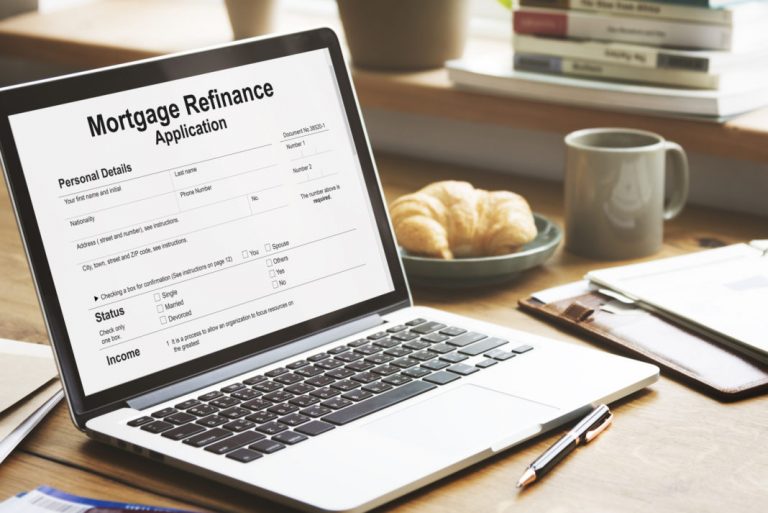Numerous homeowners are exploiting low home loan rates and renegotiating their home. A prevalent alternative is a No End Cost Refinance. With these No Cost Refinances, the homeowner pays nothing to refinance their home. What’s the trick? To see how a No Cost refinance functions, how about we audit how a customary refinance functions first.
The Conventional Refinance
Suppose you have a $250,000 credit on your home and you need to exploit the present low home loan financing costs. At the point when you apply for a refinance with your home loan specialist, there will be expenses related to the advance that should be paid. In a customary refinance, you – the homeowner, pay these expenses. Here are the charges that will happen on each refinance: Evaluation Expense, Loan specialist Expense, Beginning Charge, Title, Escrow, and Public accountant Charges, Credit Report Expense, and Recording Expense. These expenses are standard charges (particularly in California) for each refinances – somebody generally pays these charges. In a customary refinance, the borrower will pay these charges which are typically folded into the new advance. So your current $250,000 credit may bring about another advance measure of a state, $255,000. Here’s the significant takeaway from this model: you ought to consistently wind up having the most minimal loan cost accessible in the market – lower than if you picked a Bank Paid (No Cost) refinance. Why? We should take a gander at a No-Cost Refinance…
No-Cost Home Refinance
A No-Cost Refinance implies that you, the homeowner, won’t need to pay any expenses related to the advance. The expenses referenced above in the Conventional Refinance apply to all credits, even a No-Cost Refinance. So how would they get paid and who pays those expenses? The Moneylender pays them. Here’s the manner by which: When you close your credit with an Investor or Handle, your advance is constantly auctioned off, more often than not to Fannie Mae or Freddie Macintosh. At the point when your credit is sold, the speculator (Fannie or Freddie) pays a premium to the Moneylender, Investor, or Merchant for that advance. The higher the financing cost is, the higher the premium the speculator pays for that credit. In the Borrower Paid (Customary Refinance) model, shutting expenses added up to $5,000. For instance, suppose that the loan cost you got with paying the $5,000 shutting expenses was 3.625%. The rate for a No Cost Refinance advance could be at any rate .250% higher, or 3.875 to 4.00%. A marginally higher loan cost will be the means by which the end costs will be paid.









